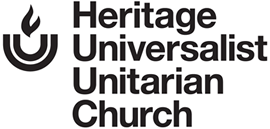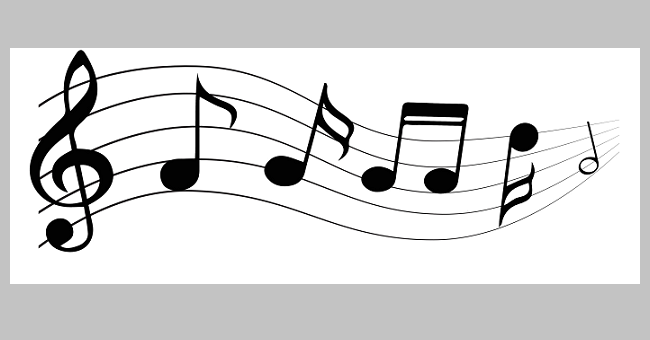by Mike Roberts, Church Historian
One of the most comforting aspects of our church activities is our music program. We are all so fortunate to have dedicated persons who devote so much time to presenting us with varied selections, inspiring pieces and soothing melodious works. This thought is coming from the person who is notorious for not singing along in church. Rather than sing, I love to follow the poetry of the music and soak in its meaning. I find that when I sing, I focus more on not hitting a sour note instead of understanding fully what I am singing. I even love to see who wrote the work and speculate on what its origins might be. Also, I have to take pity on those sitting in front of me who might double over in laughter or look desperately for their earplugs to escape the noise. Studying the music offers me insights and meaning that I might miss while trying to decipher the difference between a quarter and a half note or a B flat and a C sharp.
During the first century and a half of its existence, Universalism celebrated with much of the Christian music of most Protestant religions. However, even by 1950, it had created its own set of hymns which reflected its liberal theology. Published in 1951 by Beacon Press, the hymnal used by our church for many years during the mid- 20th century was entitled Hymns of the Spirit: Services of Religion for Use in the Churches of the Free Spirit. Nonetheless, it did contain many of the old-time favorites.
Music is a powerful highway into the memory bank. While the old hymns of my childhood are infrequently sung in our church, we occasionally take that trip down memory lane. When Bob Booth offers his stirring rendition of “Oh, Holy Night” at Christmas, I am propelled back to my Sundays at the Congregational Christian Church in Franklin, Ohio. I think not so much of a miraculous birth as the memories of sharing Christmas with my mother, step-father, half-brother and grandmother so many years ago. When I hear “Amazing Grace” I think not so much of a Godly blessing as I ponder the story of the repentant slave ship captain who wrote that famous hymn.
While we do not often sing those “old-time religion” hymns that at one time were an integral part of all Christian worship, we are blessed with new music which inspires and teaches. One of my favorites in our hymnal is #221 “Light One Candle” written by Peter Yarrow of Peter, Paul and Mary. Our choir has occasionally sung it and when I listen to the P, P and M version, I inevitably think of our chalice lighting ceremony and the celebration of social justice both of which are such important foundations of our church culture.
Harry Chapin recognized the power of memory and music with his song “Remember When the Music”. One stanza reads “Remember when the music was a glow on the horizon of every new born day. And as we sang, the sun came up to chase the dark away. And life was good, for we knew we could.” Chapin’s song, “All My Life’s a Circle”, inevitably reminds me of the final activity of our church services when we join hands for the benediction. “All my life’s a circle; Sunrise and sundown; Moon rolls thru the nighttime; Till the daybreak comes around. All my life’s a circle; but I can’t tell you why; Seasons spinning round again; The years keep rollin’ by.” This weekend, Les Tacy struck a familiar chord with his singing of “All You Need is Love”, a Beatles favorite by Lennon and McCartney and a hallmark of the goal of our religious practice.
A tip of the hat and a round of applause should go to all those who kept the music alive during the challenges of the pandemic including the Tacy family, Steve McCamley, Mimi Sinclair and many of the choir who offered solo performances that kept our spirits from crashing into the depths of COVID-19. Bravo! and Encore, Encore!
Image courtesy of Brett Croft via Free PNG Img.

